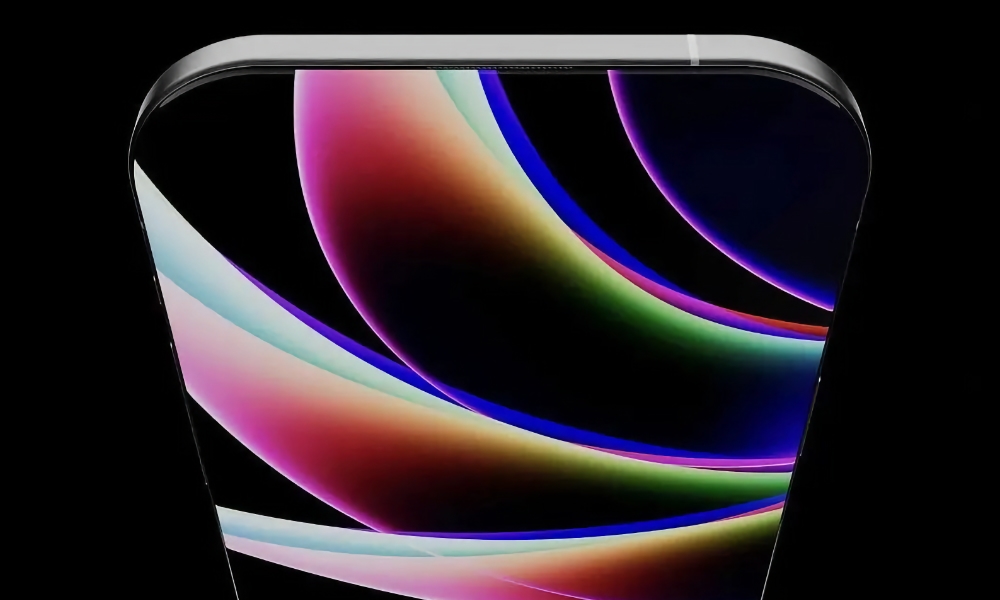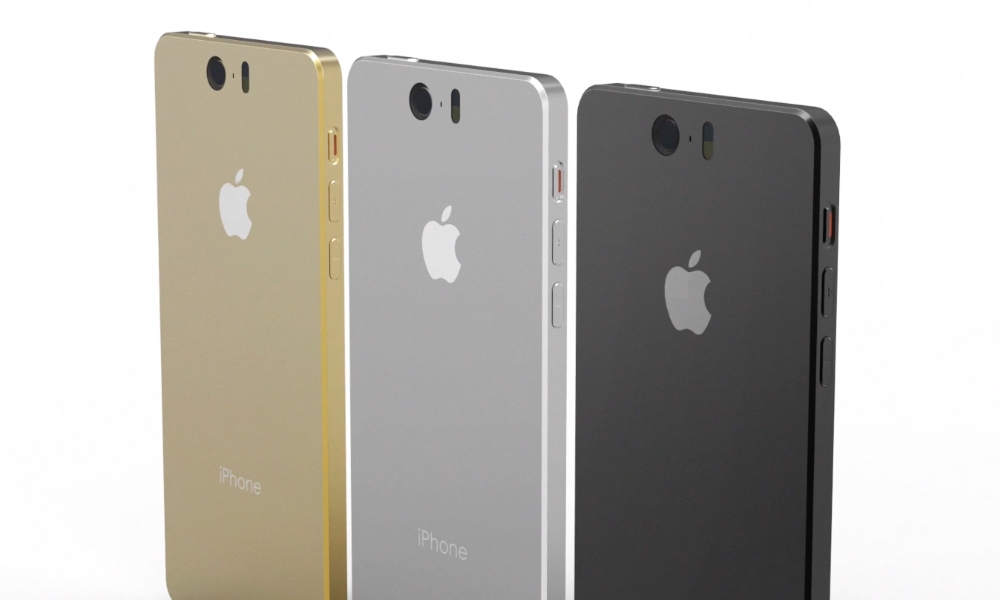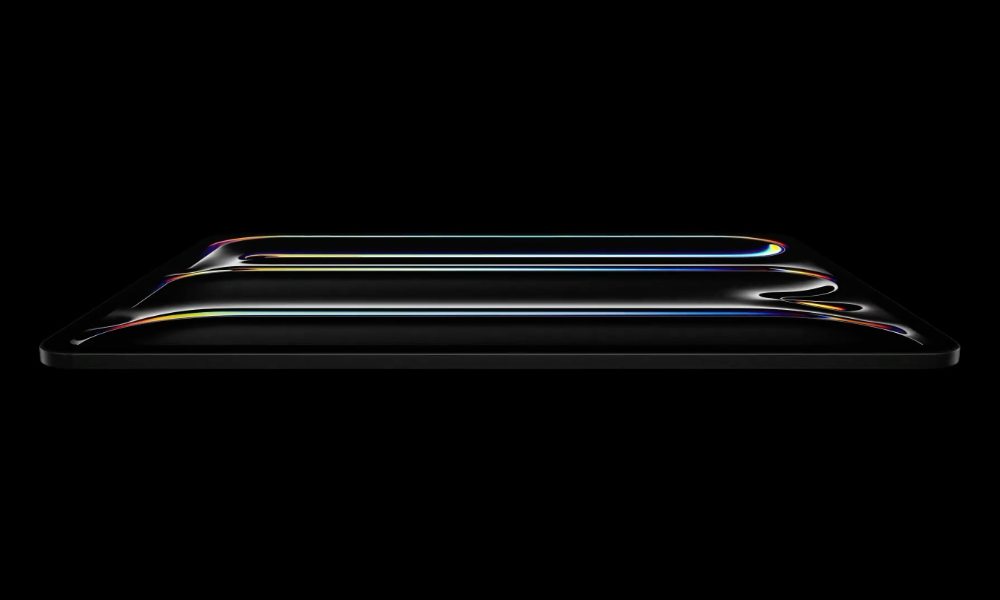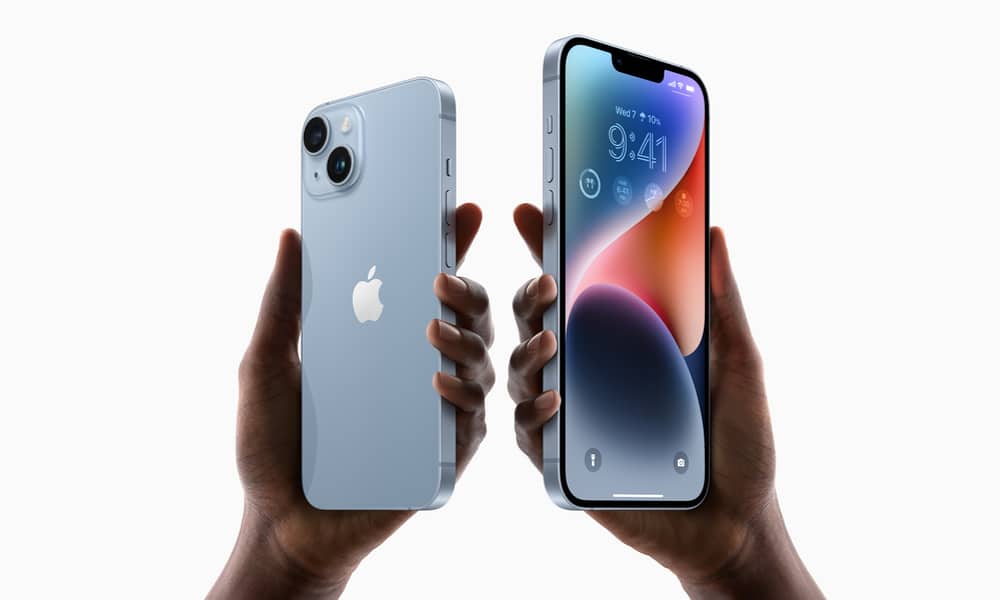A Pricier ‘iPhone 17 Slim’ May Replace the iPhone Plus Next Year
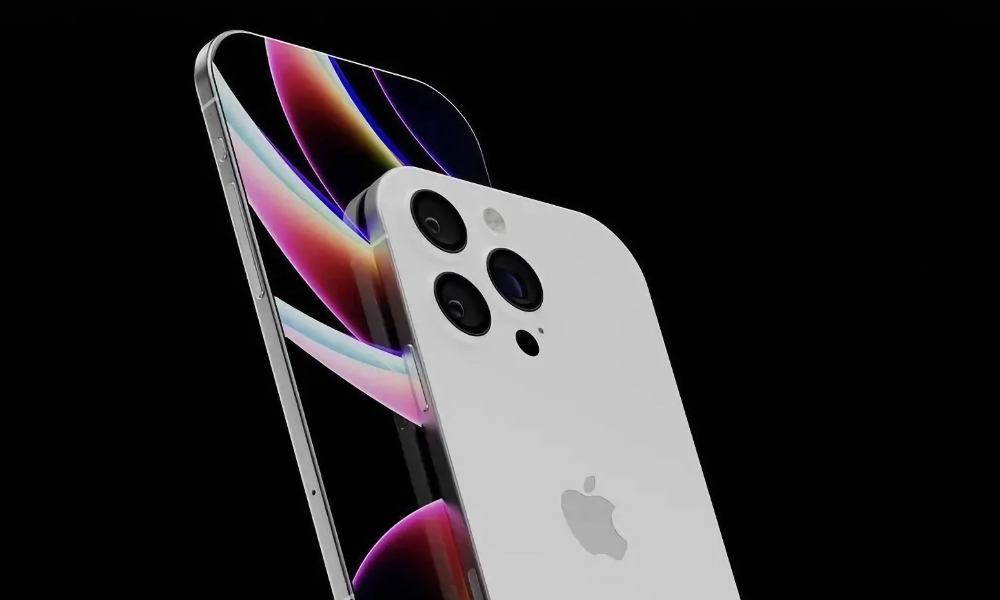 Credit: iPhone One Concept (Tech Lauv / Instagram)
Credit: iPhone One Concept (Tech Lauv / Instagram)Toggle Dark Mode
Vague rumors of a future “iPhone Slim” model have been circulating over the past few weeks, and now it seems they’re coming into focus as a possible 2025 iPhone 17 model.
According to The Information’s Wayne Ma and Qianer Liu, Apple is planning to phase out the current 6.7-inch iPhone Plus after this year’s model in favor of a new ultrathin model in 2025 that could follow in the footsteps of the M4 iPad Pro.
At this point, the iPad Pro that Apple unveiled last week is the slimmest device the company has ever made, with the 13-inch tablet beating out the 2012-era iPod nano by about 0.2 mm. It’s unclear if Apple will be able to top that with the so-called “iPhone 17 Slim,” but it sounds like it’s going to try.
This lines up with a report we shared from Jeff Pu earlier this month. At the time, he’d highlighted the “iPhone 17 Slim” as a device with a 6.6-inch display, non-pro A18 or A19 chip, and 8 GB of RAM, making it sound like a direct successor to the iPhone 16 Plus, just with a new name and (presumably) thinner design.
However, The Information reports that the new “iPhone 17 Slim” will actually be a premium device with a significantly higher price tag — possibly even more than that year’s iPhone 17 Pro Max.
Ma and Liu agree with Pu that the device, which they say bears the internal codename D23, will be “significantly” thinner. However, if their sources are accurate, the new “iPhone 17 Slim” will change in far more ways than just slimming down the current design.
Could This Be the iPhone 17 Ultra?
This new iPhone could usher in a new design era for Apple’s smartphones in the same way the iPhone X did in 2017. While nothing is carved in stone yet, sources with “direct knowledge” say that Apple is planning a “major redesign,” experimenting with radical ideas such as moving the rear camera from the upper-left corner — the place where it’s been since the original iPhone in 2007 — to the top center of the iPhone’s back.
While folks have been tossing around the name “iPhone 17 Slim,” there’s no way of knowing what Apple will ultimately call it. It’s possible the company hasn’t even decided on a name yet. That means it could be the “iPhone Ultra” we’ve been hearing so much about — just not in the way we once thought.
For some, “ultra” suggests top-notch power and performance, but that’s not the only thing it can mean. The Apple Watch Ultra 2 has the same chip as the Apple Watch Series 9, and while it has some more features, the “ultra” here represents how much more rugged and better-suited it is for adventurous lifestyles.
This new extremely thin iPhone may not get pro-level specs. The Information notes that it will get “Apple’s latest-generation processor,” but only mentions an A19 rather than an A19 Pro. There are also reports of “an improved front camera for video calls and selfies,” and a display that measures “somewhere between” the standard iPhone’s 6.1-inch display and the 6.7-inch display of the larger iPhone Plus and iPhone Pro Max models. It’s also expected to use aluminum rather than titanium.
The idea that the most expensive iPhone in Apple’s lineup might still have the same specs as the standard iPhone 17 would be surprising but not unprecedented. If anything, it would signal a return to Apple’s strategy of creating more luxurious products priced at a premium not for their power but rather their design.
That was the story of the first MacBook Air in 2008, an “executive laptop” that sold for nearly twice the price of a MacBook Pro with considerably better specs. It’s quaint when you consider what the MacBook Air has since become, but in those days, it was a MacBook designed for portability and prestige rather than power.
If this were the “iPhone 17 Ultra,” then the moniker would reflect the design. We can almost imagine Joz or Schiller on stage talking about how “ultra-thin” the new model is.
Of course, this year’s M4 iPad Pro combines the best of both worlds. It has the most advanced Apple silicon available today, beating out all but Apple’s top-of-the-line MacBooks while also managing to be “impossibly thin.” However, it’s also hard to argue that aesthetics don’t count with that device in a world where few people need that kind of performance on an iPad and can be quite satisfied with the M2 iPad Air. It begs the question of how many people are buying the new iPad Pro for its M4 chip rather than its Tandem OLED display and incredibly thin design.
The same could be said for an ultra-slim iPhone. Like the MacBook Air of yesteryear, those looking for the thinnest and lightest iPhone model are much more likely to care about design than they do about raw power. The A16 chip used in today’s non-pro iPhone 15 is no slouch, and by the time we get to an A19, it’s safe to say that it will deliver everything most people need.
Today’s A17 Pro is about serious console-level gaming and driving the advanced photographic capabilities of the more sophisticated cameras on the iPhone Pro. Technology has yet to bend the laws of physics to allow for ridiculously thin camera lenses, so it’s unlikely a slimmer iPhone will have better cameras than the iPhone Pro models. Even this year’s M4 iPad Pro lost its ultra-wide camera. Since cameras are hardly a priority on a tablet, that was a reasonable tradeoff to achieve the thinner design. Apple isn’t likely to go quite that far with an “iPhone Slim,” but it’s unlikely we’ll see any additional lenses or pro-level camera improvements.
Will the iPhone Plus Ride Off Into the Sunset?
If all this is accurate, the so-called “iPhone 17 Slim” isn’t technically a replacement for the iPhone Plus. Still, sources say that Apple will likely retire that model anyway due to lackluster sales performance and to keep its lineup simple.
Apple’s experiments with alternative sizes for its standard models over the past few years haven’t gone particularly well. The iPhone 12 mini turned out to be a dismal failure and a sign of how much Apple misjudged the market for a more pocketable smartphone. It had its fans, but there weren’t enough of them to prevent Apple from discontinuing it after the iPhone 13 mini. Chances are that the iPhone 13 mini was only released because Apple already had it in the pipeline, but it just added more proof that the 5.4-inch iPhone design was a misfire.
Apple replaced that with the 6.7-inch iPhone 14 Plus in 2022, providing an option for folks who wanted a larger smartphone at a more affordable price. In a way, that’s what this year’s 13-inch M2 iPad Air represents for tablet users. However, phones and tablets are very different beasts, and most folks who want the biggest iPhone also want the most powerful one with the best cameras. The iPhone Pro Max models continue to sell remarkably well, and although the iPhone Plus models have done better than their diminutive predecessors, they still represent the poorest-selling models in the entire lineup.
Apple has likely been considering eliminating the iPhone Plus from the lineup anyway, so it may not be directly related to the new “iPhone Slim.” However, Apple may also be reluctant to add a fifth model to the lineup (sixth if you count the iPhone SE), in which case something will have to go to make room for its new high-end luxury iPhone model.
[The information provided in this article has NOT been confirmed by Apple and may be speculation. Provided details may not be factual. Take all rumors, tech or otherwise, with a grain of salt.]


